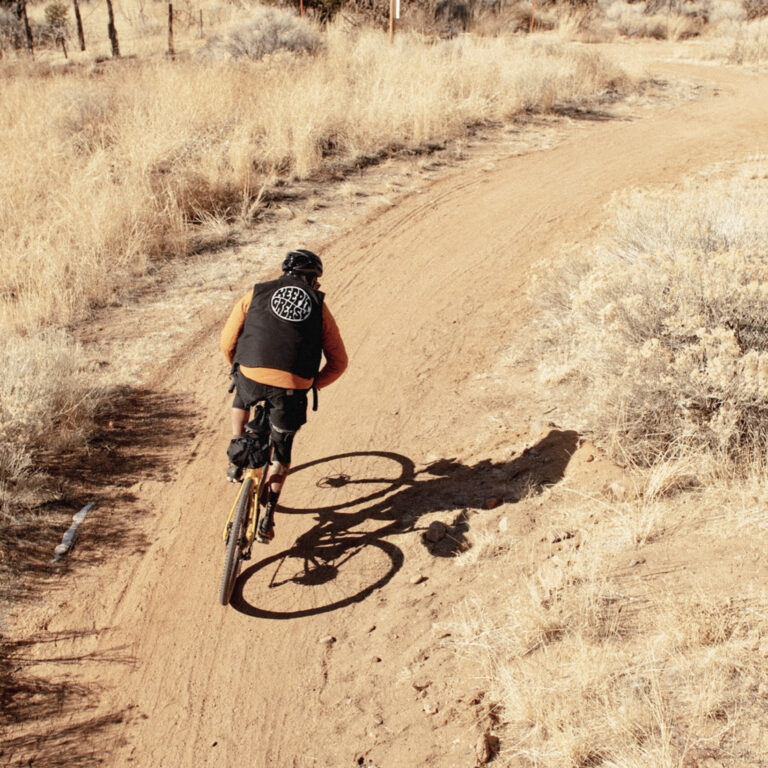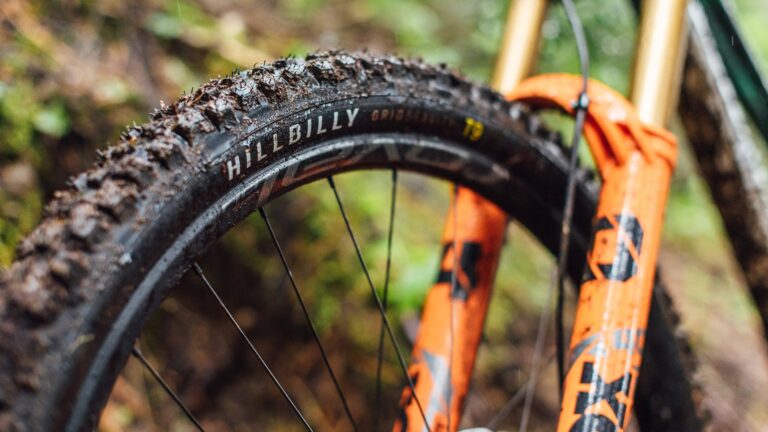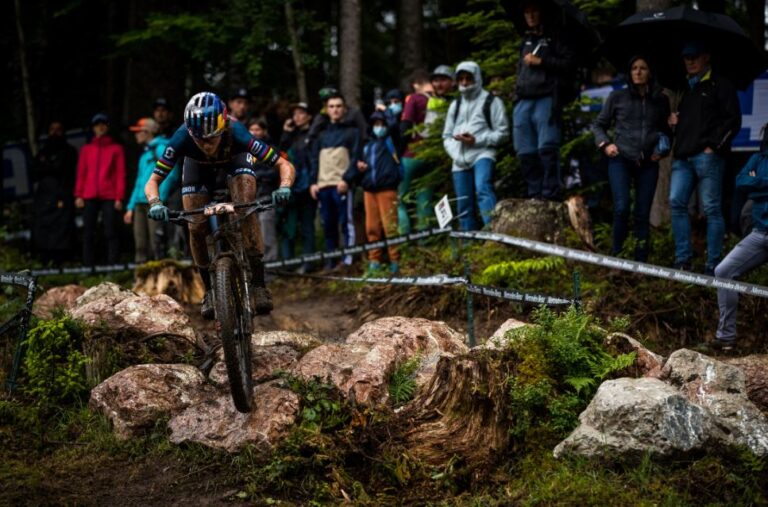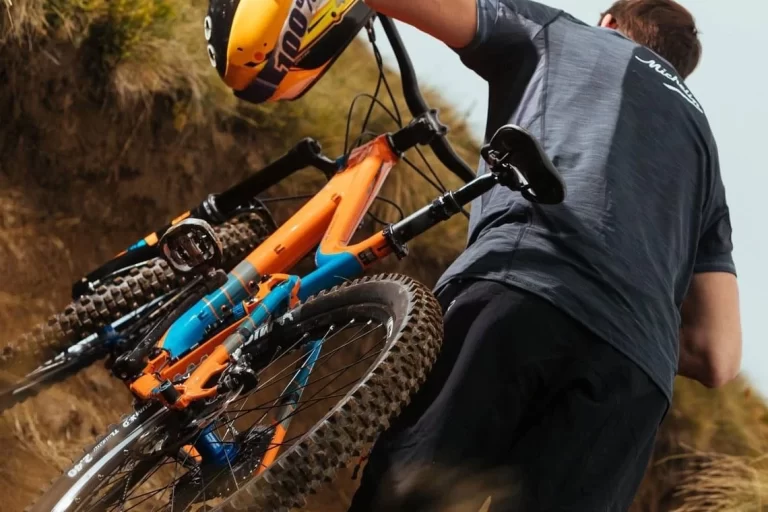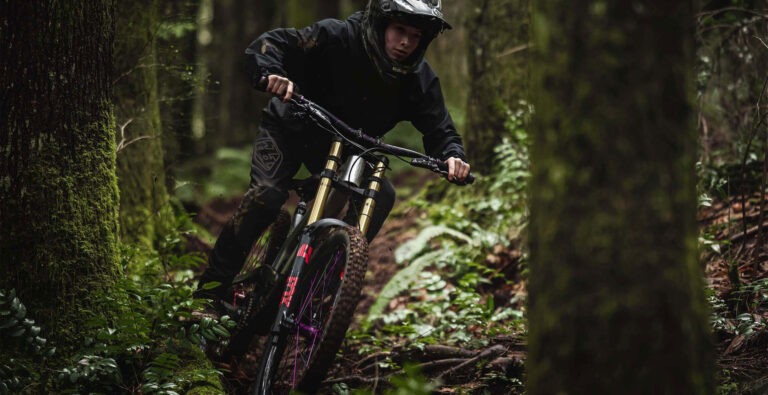Embracing Tubeless Technology in Cross Country Bike Tires
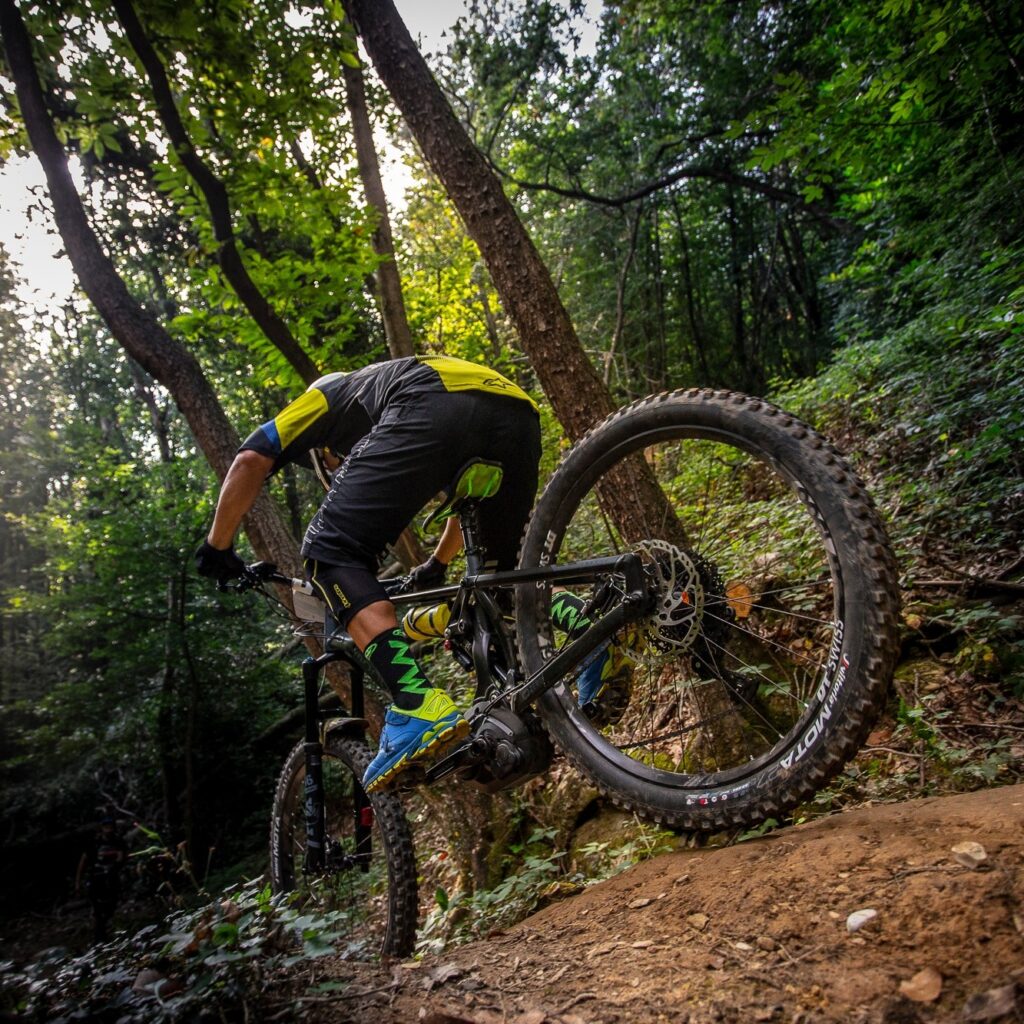
Key Point Summary of Tubeless Technology in Cross Country Bike Tires:
- Puncture Resistance: Enhanced by the sealant within the tire, which can seal small punctures and cuts.
- Weight Reduction: Eliminates the need for an inner tube, reducing the overall weight of the bike.
- Improved Ride Quality: Allows for lower tire pressures, increasing traction and comfort on rough terrains.
- Setup Process: Involves sealing the rim with tape, fitting a tubeless-ready tire, and adding sealant.
Venturing through the exhilarating paths of mountain biking, the demanding landscapes of gravel grinding, and the competitive terrains of cyclocross has introduced me to numerous advancements in cycling technology. Among these, tubeless tire technology stands out, particularly for cross-country biking. This innovation has revolutionized how we approach tire performance and maintenance, offering significant advantages over traditional tubed tires. Aimed at cyclists with beginner to mid-level experience, this article explores the benefits of tubeless technology in cross-country bike tires, providing insights into its setup and maintenance.
Advantages of Going Tubeless
One of the most compelling reasons to switch to tubeless tires for cross-country biking is the improved puncture resistance. The liquid sealant inside the tire can quickly seal small punctures and cuts, often without the rider even noticing a loss in tire pressure. This feature is particularly beneficial in cross-country biking, where trails are littered with sharp rocks and thorns.
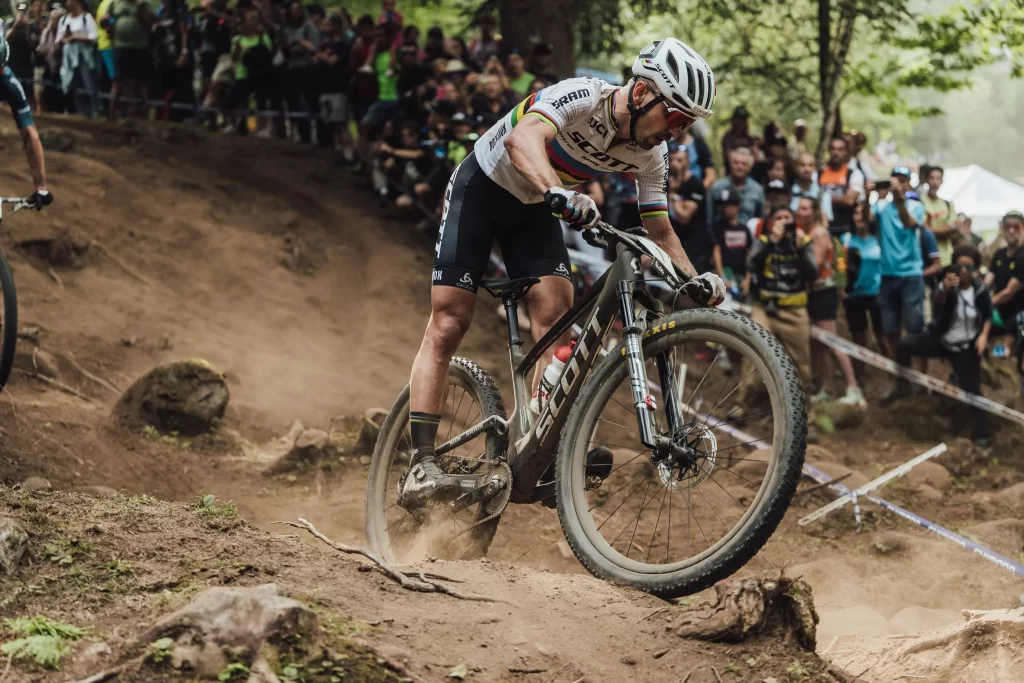
Moreover, tubeless setups reduce the overall weight of the bike by eliminating the need for an inner tube. This weight reduction might seem minor, but it significantly affects acceleration and climbing efficiency, making your ride feel more responsive.
Perhaps the most noticeable advantage of tubeless technology is the improved ride quality. Running tires at lower pressures without the risk of pinch flats increases the tire’s contact patch with the ground, enhancing traction on loose or wet surfaces. This increased grip makes for more confident cornering and more efficient power transfer, especially in challenging terrain.
The Setup Process
Adopting tubeless technology involves a specific setup process. Initially, you’ll need to ensure your rims are tubeless compatible or use tubeless rim tape to create an airtight seal. Tubeless-ready tires are then mounted onto the rims, a task that sometimes requires a bit of muscle or an air compressor to achieve a proper seal. The final step involves adding a liquid sealant to the tire, which is crucial for sealing punctures and maintaining air pressure.
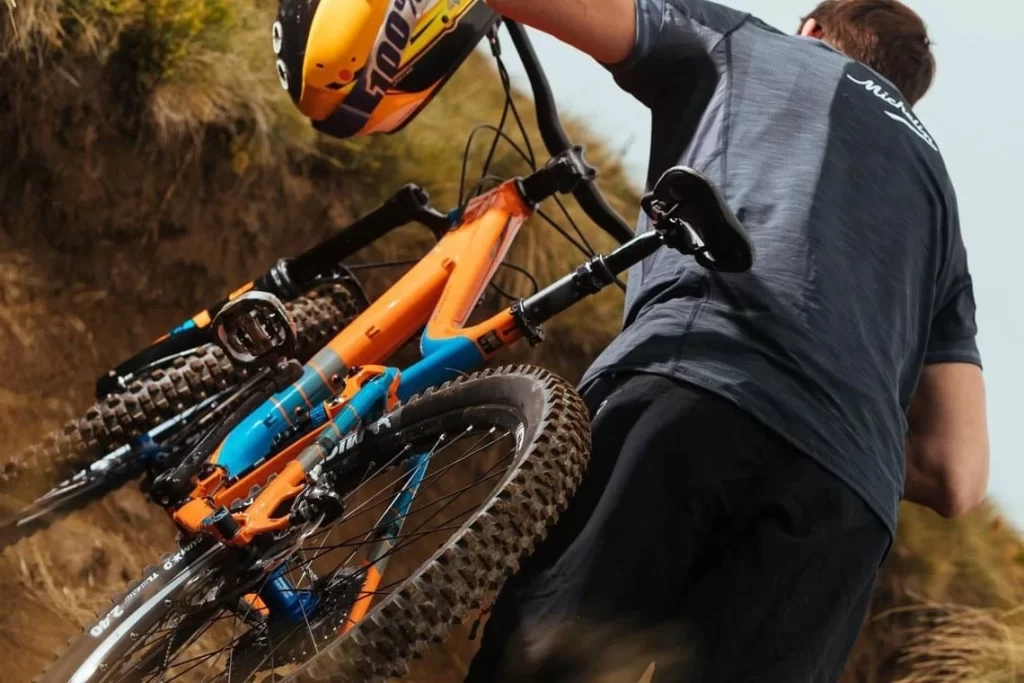
Maintenance Considerations
While tubeless tires are relatively low maintenance, they’re not entirely set-and-forget. Regularly checking tire pressure and replenishing sealant every few months is essential to ensure optimal performance. Additionally, being prepared with a spare tube and the knowledge of how to insert it in case of a major tire failure is wise, especially on long rides or races.
Wrapping Up
Tubeless tire technology offers cross-country bikers significant advantages, from puncture resistance and weight savings to improved traction and ride comfort. While the initial setup and occasional maintenance might seem daunting to newcomers, the benefits far outweigh these minor inconveniences.
Embracing tubeless technology can dramatically enhance your cross-country biking experience, providing a smoother, more reliable ride across all terrains. As cycling technology continues to evolve, tubeless tires represent a leap forward in performance and convenience, making them an excellent choice for riders looking to optimize their off-road adventures.
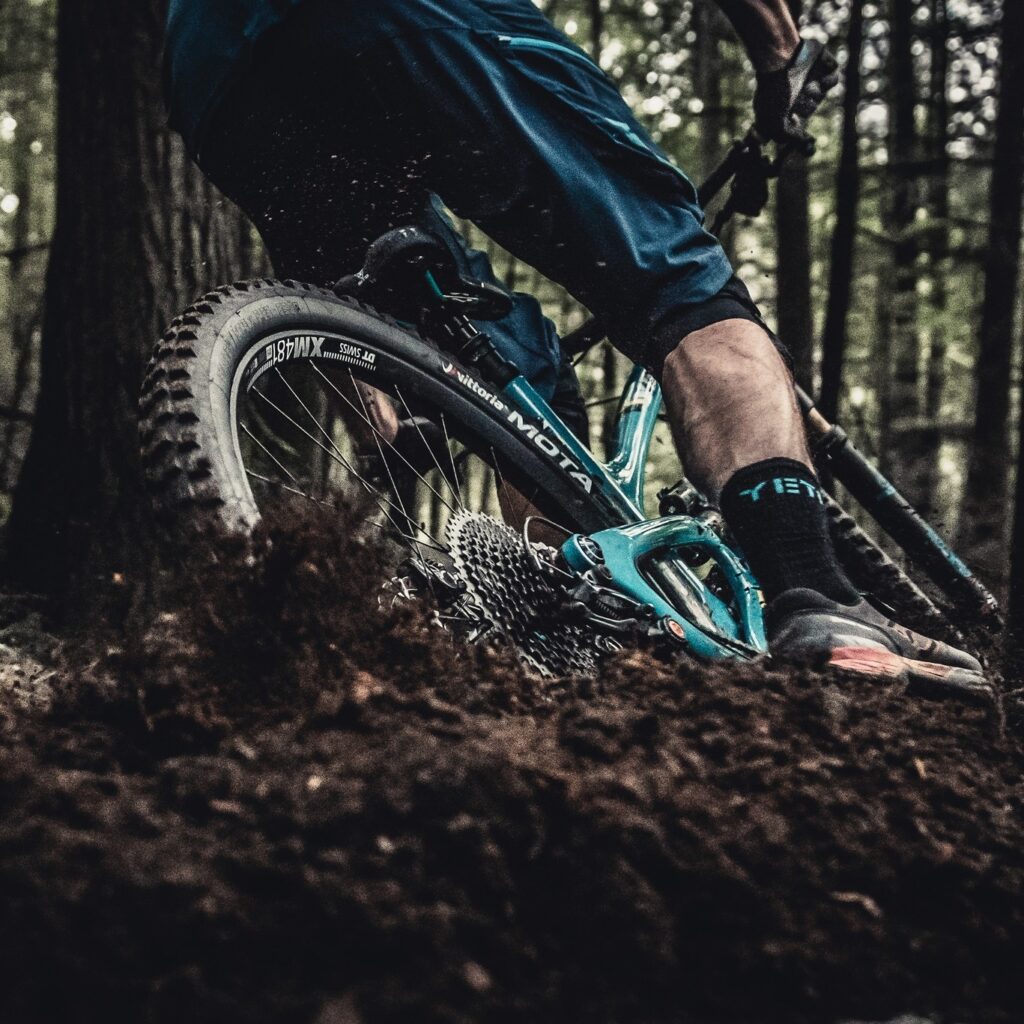
Maxxis Ikon stands out as a top choice for XC bike tires. This tire is renowned for its versatility, offering an excellent blend of low rolling resistance for speed, along with sufficient grip for technical trails and conditions.
The Maxxis Ikon features a lightweight design and a tread pattern that provides great traction without sacrificing speed. Its 3C Maxx Speed compound further enhances its rolling efficiency while ensuring durability. The tire is also available in tubeless-ready options, allowing riders to take full advantage of tubeless technology benefits such as lower pressures for better traction and fewer punctures.
With its performance-oriented design, the Maxxis Ikon is an ideal tire for cross-country riders seeking a tire that excels in a wide range of conditions, from hard-packed trails to loose over hard terrains, making it a top recommendation for those looking to maximize their XC riding experience.
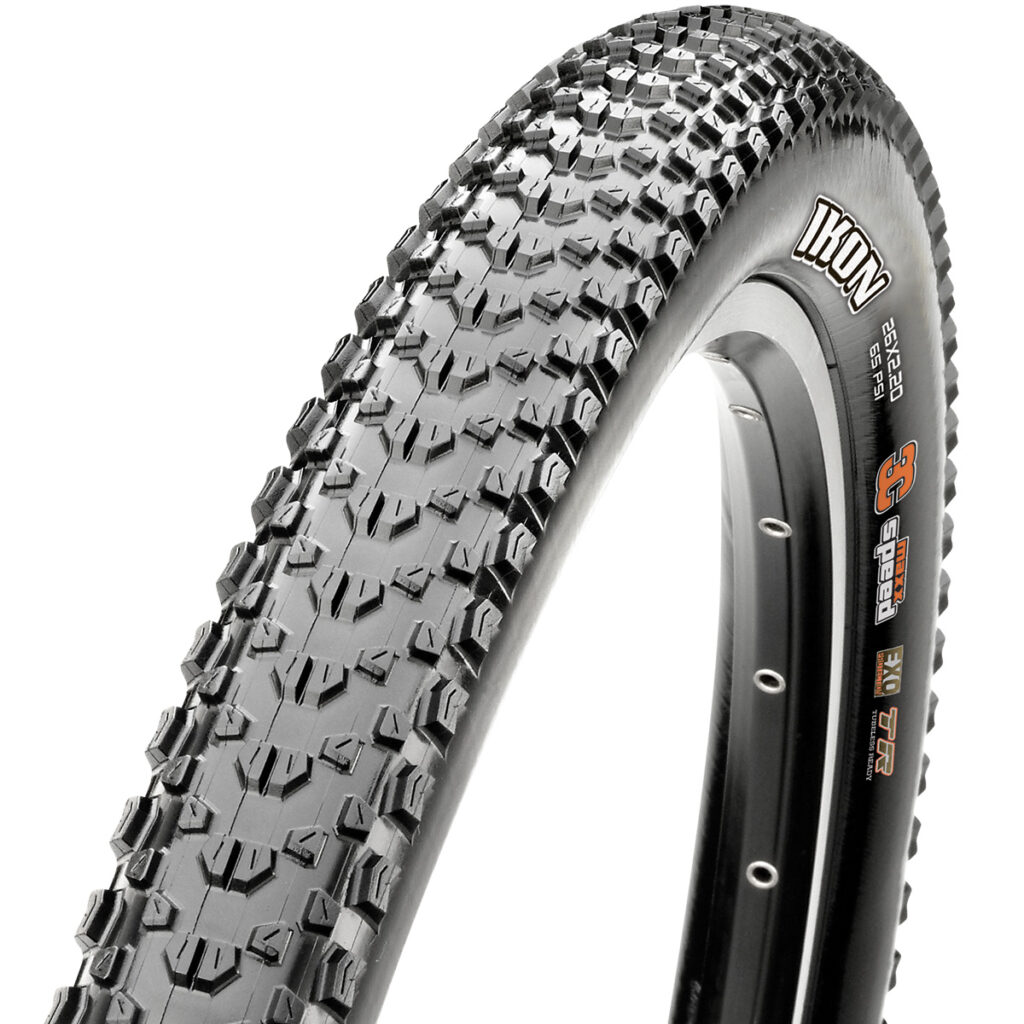
FAQ
Is 2.35 too wide for XC?
Not necessarily. While traditional XC tires typically range from 1.9″ to 2.25″ in width, modern trends and improvements in tire technology have seen some XC riders and racers opting for wider tires like 2.35″ for added traction and comfort on technical courses. The suitability depends on the specific course conditions and rider preference.
What are cross country bike tires?
Cross country bike tires are designed for efficiency and speed on varied off-road terrain, featuring a balance between low rolling resistance for fast riding on hardpack surfaces and sufficient tread pattern for grip on loose or technical trails. They are generally lighter and narrower than tires designed for more aggressive mountain biking disciplines.

